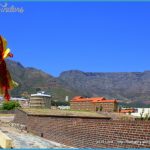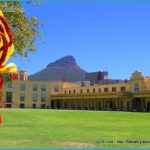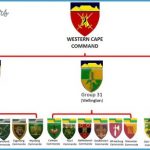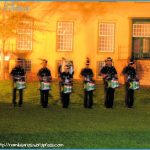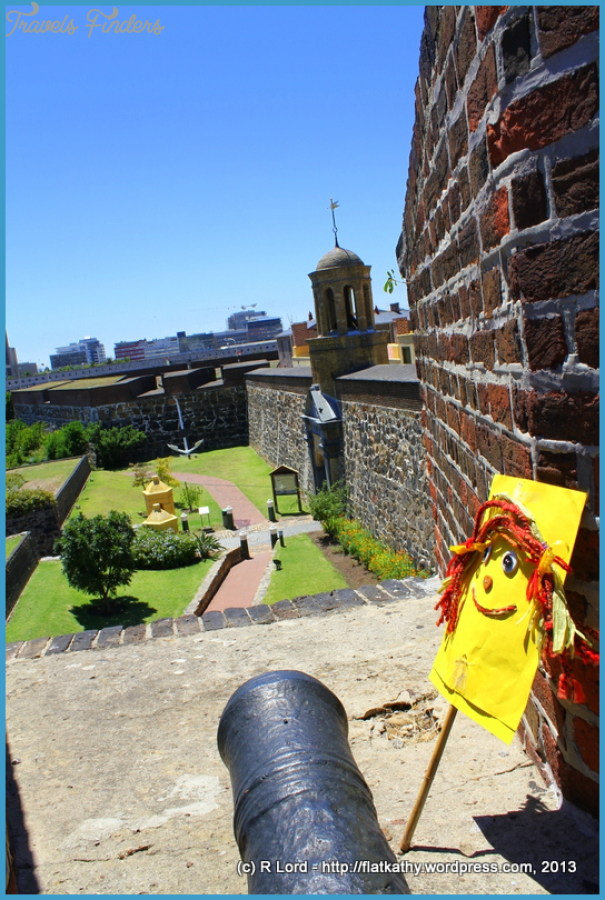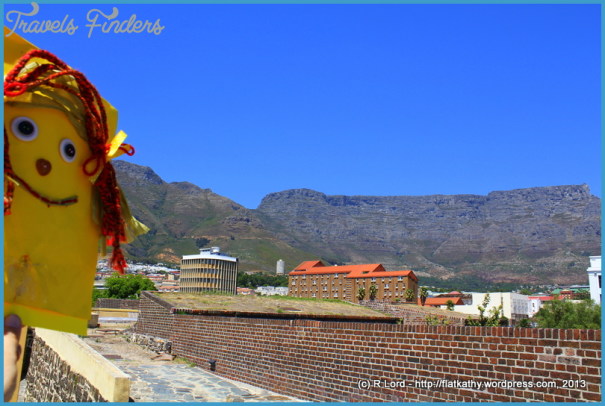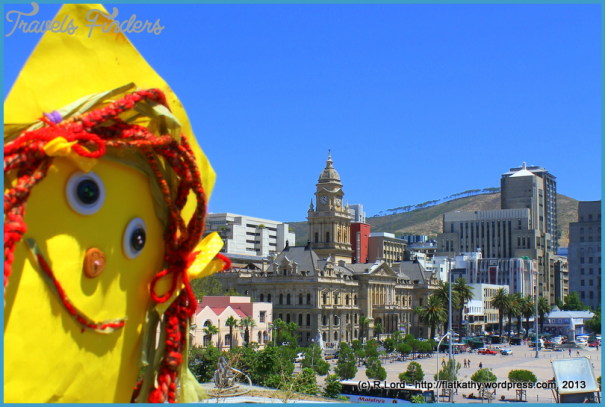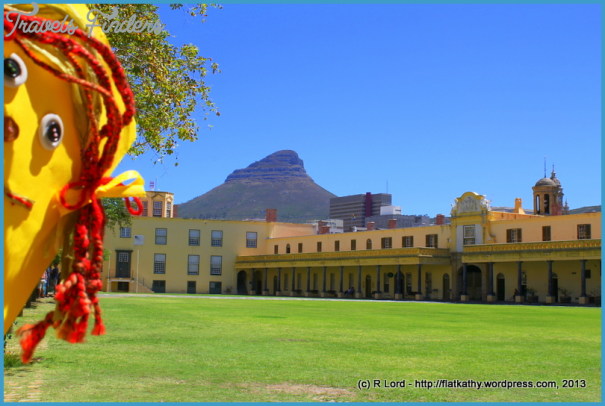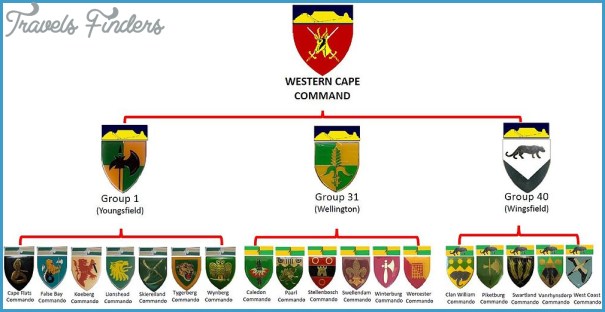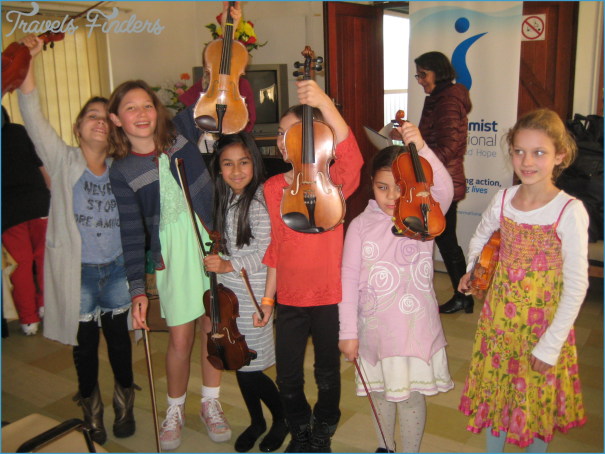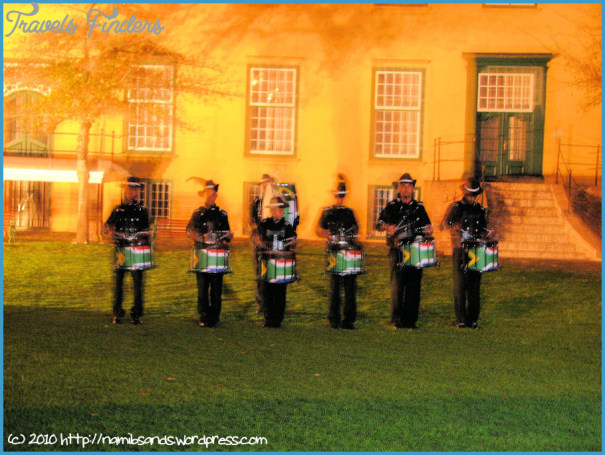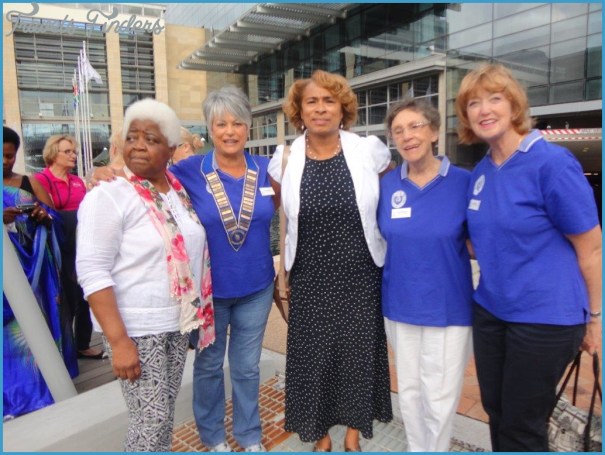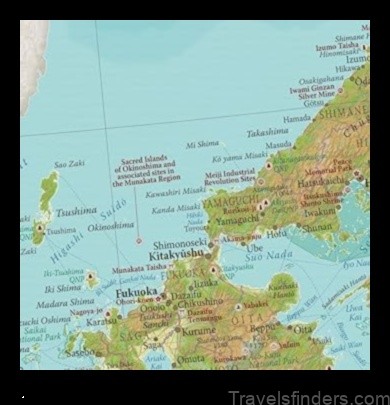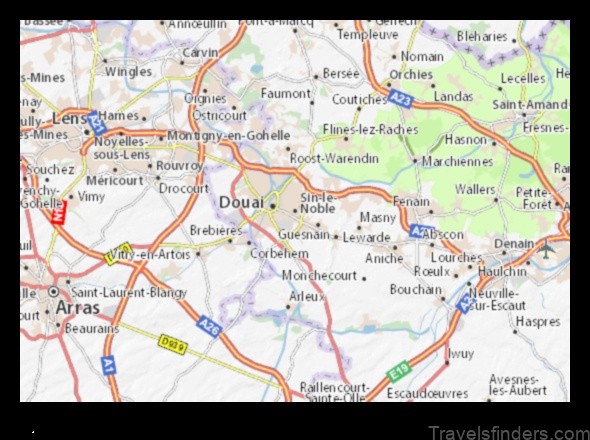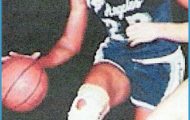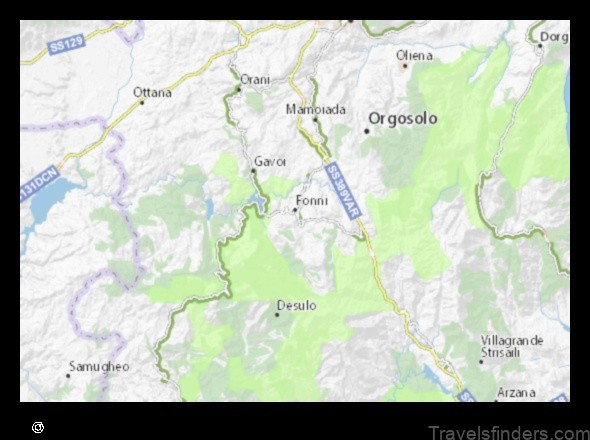A commemorative plaque presented to Colonel Woodhead, officers and soldiers of the Duke of Edinburgh’s Own Volunteer Rifles by General Sir Charles Warren in 1900, during the Anglo-Boer War, in memory of the ‘gallant stand made by the regiment at Faber’s Put.
The festablishment of the Cape Town Rifles dates back to November 28th, 1855, in the former Cape Colony. At the time, Great Britain, the colonial power, was faced with a major war with Russia and, of necessity, the British Army recalled many thousands of troops from all over the Empire for deployment against the enemy. This included the withdrawal of most of the garrison troops that were stationed here, with the result that, on land, the colony was left largely unprotected. It was against this background that a number of public-spirited Capetonians offered their services to the governor, Sir George Grey, to reinforce the denuded garrison and play an active role in the defence of the colony. Their services were to extend beyond the cessation of hostilities, however, and a permanent regiment, manned entirely by part-time soldiers drawn exclusively from volunteers within the community, was established under the command of Colonel William Hope, a former British Army officer.
In 1867, the regiment’s name changed from the Cape Town Rifles to the Duke of Edinburgh’s Own Volunteer Rifles, a name adopted in honour of Queen Victoria’s second son, HRH Prince Alfred, Duke of Edinburgh, who, at the time, was a captain in the Royal Navy and was on an official visit to the Cape. It was not long before the regiment became popularly known as ‘the Dukes’. This is its Officers Mess, housed in a wing of the Castle of Good Hope.
THE CAPE TOWN RIFLES DUKES OFFICERS’ MESS Castle of Good Hope Cape Town Photo Gallery
The Dukes, now the oldest Cape infantry regiment and the second oldest in the South African Army, has been fighting South Africa’s wars ever since its foundation. It served in local campaigns, then both on foot and on horseback throughout the Second Anglo-Boer War of 1899-1902, and sent many men to France and East Africa during World War I. When World War II broke out, the Dukes was one of the first infantry battalions to depart for the crucial Abyssinian Campaign, after which it went on to the Western Desert. In the 1970s and 1980s, the regiment was deployed on various counter-insurgency duties in the ‘operational area’, as well as on several internal security operations, although these deployments ceased when the political situation in South Africa was transformed following the country’s democratic elections in 1994. In recent times, the Dukes have become fully committed to the transformation process and now reflect the demographics of the country. But, true to their motto Semper Eadem, the old standards remain and the regiment’s voluntary recruiting and training programmes have prepared it to fulfill the requirements of its current mustering as a sea-landed infantry unit within the conventional forces of the new SA National Defence Force. This includes its present deployments in various parts of Africa, in accordance with the African Union/United Nations peacekeeping initiative.
The Mess, occupied since the 1930s, is reputedly haunted by a female in 18th-century dress. Thirty-three seats, and the president’s chair, flank the table used for formal dinners for serving officers. To the left, on the wall, are the Regimental Colours. In the background, left of the door, is Edward Rowarth ’s magnificent portrait of Colonel Cecil James Sibbett, the regiment’s first honorary colonel, and one-time private secretary to Cecil John Rhodes.
HRH Prince Alfred, Duke of Edinburgh for whom the Dukes is named, in the uniform of an Admiral of the Fleet, the Royal Navy’s highest rank. The brother of King Edward VII, his nephew became Kaiser Wilhelm II of Germany and his father-in-law was Tsar Alexander II of Russia.
Down the centre of the table that dominates the Mess is a handsome row of silver shooting trophies and commemorative cups received for heroic acts in battle in various 19th-century campaigns. The city’s Jewish community presented the tallest one for LtMark Harris, killed during the Bechuanaland Campaign in 1897.


